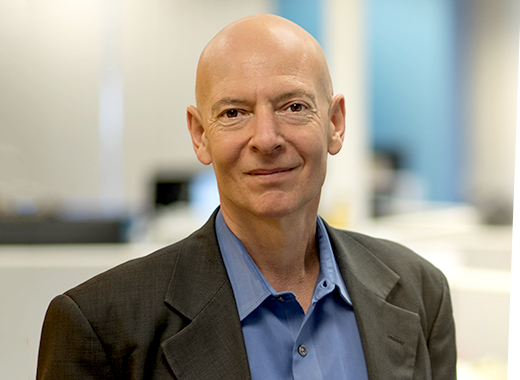“Courage is the first of human virtues because it makes all others possible.” So wrote the philosopher Aristotle more than 1200 years ago. And yet, to this day, quality research on courage remains sporadic and sparse on the ground.
I believe that understanding courage will be the next ‘big thing’ in psychology and in HR. In these modern times of exponential change, when we are called upon to transform our workplaces and business models at the speed of light, courage is emerging as the focal competency. So, what is courage and what role will it play in molding the future of our organizations?
Philosophers and psychologists have identified four categories of courage; physical, social, moral, and creative. Physical courage is what most people think of when they reflect on what it means to be courageous. For me, physical courage is personified in people like Witold Pelecki; the only person to break into a concentration camp to document Nazi atrocities. Or Malala Yousafzai, the young Pakistani girl who was shot for going to school and became a champion of women’s rights under continued threat of death (in 2014, Malala became the youngest ever Nobel laureate). Every day our warfighters perform the most unnatural of human behaviors when they put themselves in harm’s way.
Very few of us are ever called upon to risk our physical health and safety. But our research shows that the ability to stay calm and focused under pressure – physical courage – is essential to individual resilience and organizational agility during change. Each and every day in the U.S., one million people are absent from their jobs due to stress. We need to become master de-stressors with controlled breathing, progressive muscle relaxation, positive imagery, meditation, and mindfulness. And not as an occasional fad but as daily practice.
On December 1st, 1955, in Montgomery, Alabama, Rosa Parks withstood centuries of social ‘convention’ to protest racial segregation. Such acts require enormous Social Courage and do not come naturally to us. Guilt, shame, embarrassment, and social anxiety are emotions that drive us to conform to the voice, the will, of the group. But for an organization to be successful, it must be diverse and inclusive. We need all hands on deck and on board. Social conventions restrict agility and all organizations need agility to transform. Minority opinions have value. Without them, our organizations become unresponsive ocean liners that may very well be headed in the popular but wrong direction.
We must create the conditions of psychological safety that encourage people to speak up and be heard. And each of us must challenge the internal voice that shouts at us to conform with messaging such as ‘the nail that sticks up gets hammered down’, ‘only arrogant people push their opinions’, or ‘the majority view is always right’. At meQuilibrium, our work is showing that one of the keys to a healthy organization is social support. Promoting diversity, empathy, and psychological safety will prove to be key ingredients to success during change.
Our research shows that when everything in an organization is in flux, employees depend on the values of the organization and its leadership to be the one constant, the north star, on which they can depend. Ironically, under conditions of great change, agility is often replaced with expedience and corner-cutting and values tend to take a hit. We need to show the Moral Courage to develop and defend values. Not the values promoted on the company’s website that all employees know aren’t real (do all the organizations that profess integrity as their #1 value actually practice it?). Doing the right thing, mentoring, leading by example, & equity and fairness for all are some of the values that, when actually practiced, differentiate organizations that thrive during change versus those that do not survive.
The final category of courage is Creative Courage. It is perhaps the most important during transformation and is, ironically, the most neglected.
For 150 years, Bethlehem Steel produced the raw material for the skyscrapers of New York, the Golden Gate Bridge, the U.S. armed services in WWI and WWII, and the railroads that knit together a nation. In December of 2005 its bankruptcy was finalized. After decades of chances, it failed to adapt to a changing marketplace. In 2009, NASA’s Constellation Program – a project to create an extended human presence on the moon – was cancelled overnight. NASA responded with greater resilience, better problem solving, and a heightened sense of adventure and went on to bigger things. NASA showed creative courage; the capacity to reinvent one’s organization and mission. Bethlehem Steel did not. We can measure change readiness; capacity for complexity, planning for rather than reacting to change, sense of curiosity, defined values. And NASA scores significantly higher than our norm.
Where are you on the four dimensions of courage? How does your organization measure up? These questions will be increasingly important as we all enter a future of radical, workplace change. Undoubtedly, courage will emerge as the focal competency.
